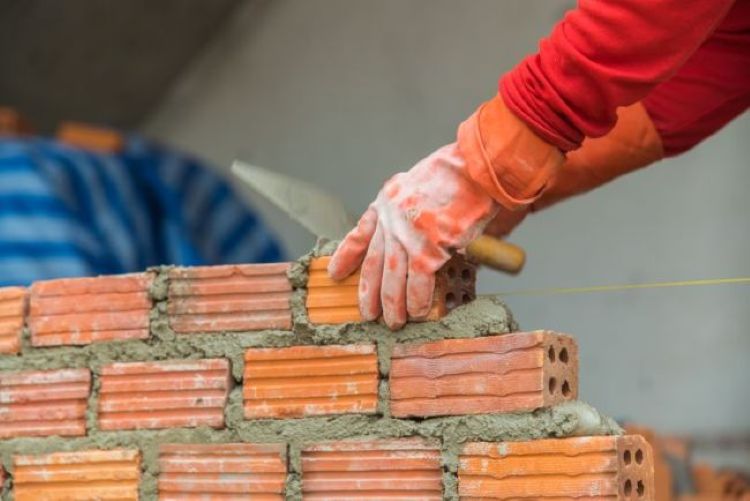When it comes to construction materials, concrete and cement are misunderstood. Many people use the terms interchangeably, but they are not the same. For construction material suppliers, knowing the difference is more than just technical knowledge; it’s a business advantage. This article breaks down the differences, explains when to use each, and highlights why this knowledge is crucial for anyone in the construction supply industry.
Concrete and cement: What they’re made of
Although they often appear together on job sites, concrete and cement are not identical.
1. Cement is a fine, grey powder from limestone, clay, and other minerals. It acts as a binding agent.
2. Concrete is a mixture of cement, sand, gravel, and water. Cement is just one ingredient in concrete.
Think of cement as the flour in a cake recipe. It’s essential, but not the final product. Concrete is the finished cake. For construction material suppliers, this difference helps them guide customers to the right product for their needs.
The water factor: How they react and harden
Water plays a crucial role in both materials, but in different ways.
1. Cement reacts chemically with water in a process called hydration, forming a paste that hardens over time.
2. Concrete uses this cement paste to bind aggregates like sand and gravel into a solid, durable mass.
This hydration process gives concrete its strength. If the water-to-cement ratio is off, the final product can be weak or brittle. As one of the best construction material suppliers in India, we know how proper mixing techniques ensure strong, long-lasting results.
Choosing the right material for the job
Each material has its own strengths and ideal applications. Here’s a breakdown:
Cement is best for:
- Small repair jobs
- Grouting tiles and bricks
- Masonry and plastering
- Creating mortar for bricklaying
Concrete is ideal for:
- Building foundations and slabs
- Roads, bridges, and pavements
- Structural walls and columns
- Driveways and sidewalks
By understanding these use cases, construction material suppliers can help customers avoid costly mistakes and choose the right material for their project.
Strength and longevity: Built to last
Durability is one of the biggest differences between the two.
- Cement is brittle and prone to cracking.
- Concrete, when properly mixed and cured, becomes incredibly strong and can last for decades.
Concrete continues to gain strength over time, especially when cured correctly. This makes it the go-to material for structural applications. Construction material suppliers emphasize this when recommending materials for long-term projects.
Storage smarts: Keeping materials in top shape
Proper storage is essential to maintain cement and concrete mix quality.
For cement:
- Store in a dry, moisture-free environment
- Use sealed bags or containers
- Avoid stacking too high to prevent clumping
For concrete mix:
- Keep bags off the ground using pallets
- Cover with a plastic sheet to protect from rain
- Use older stock first to avoid waste
By following these practices, construction material suppliers can reduce product loss and ensure customer satisfaction.
Cost comparison: Value over volume
While cement is cheaper per unit, concrete offers better value for large-scale projects.
- Cement: Lower cost, but limited in application
- Concrete: Higher upfront cost, but more durable and versatile
Helping customers understand this leads to smarter purchasing decisions. As construction material suppliers, we explain these differences clearly to build stronger relationships with our clients.
Why it matters for construction material suppliers
Understanding the difference between concrete and cement isn’t just about accuracy; it’s about delivering better service.
Here’s how this knowledge benefits construction material suppliers:
- Improved recommendations: Help customers choose the right product for their specific needs.
- Smarter inventory management: Stock materials based on real-world demand and usage.
- Customer education: Build trust by sharing valuable insights and tips.
- Reduced returns: Fewer mistakes mean fewer complaints and product returns.
In a competitive market, being a knowledgeable supplier sets us apart from the rest.
Final thoughts
Concrete and cement may look similar, but their roles in construction are very different. Understanding these differences is key for any construction material supplier to offer better advice, manage inventory effectively, and build long-term customer relationships. Whether it is about supplying materials for a massive infrastructure project or a small home renovation, knowing when to use concrete and when to use cement can make all the difference.
READ POST

